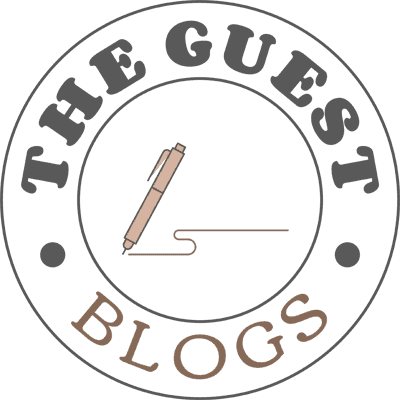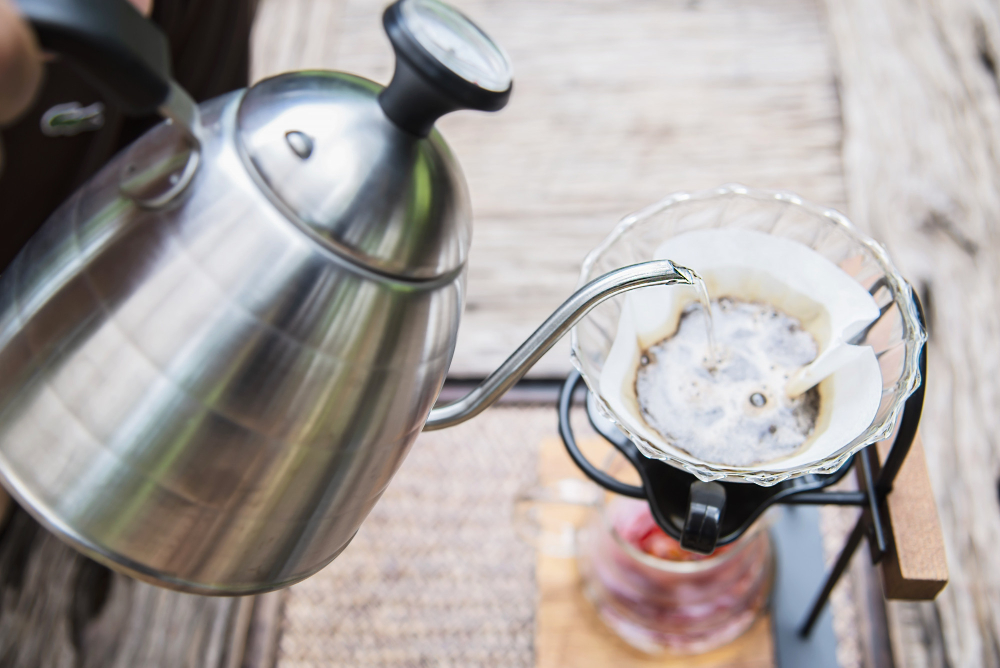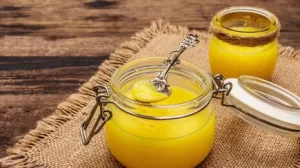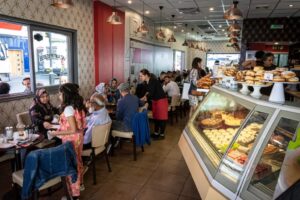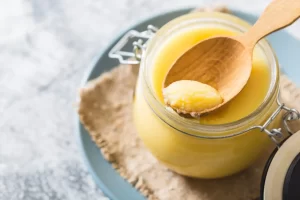We all have those friends (often we find ourselves in their place) who come to work in the morning with sleepy eyes and a cup of strong coffee in hand.
When regular drip coffee doesn’t do the trick, we make a double espresso and start waking up.
Surely at one time some coffee lover, yawning tiredly, wondered whether there really is more caffeine in a small cup of espresso than in a regular cup of coffee prepared using the drip method.
It’s not that simple, but let’s try to figure it out.
Portion size matters
In Italy, the birthplace of espresso, the standard serving size is 25ml. For most people, that’s just a small sip of coffee.
To understand why the portions are so small, you need to get to know the culture of espresso drinking in Italy. There, the drink is consumed throughout the day and, as a rule, after meals. A cup of espresso is something to drink with friends or in moments of silence, taking a break from the hectic rhythm of the working day. However, in other countries, espresso is perceived and drunk a little differently.
For example, in the United States, the standard size of an espresso shot called a double shot is about 2 ounces (60 ml) of the coffee beverage. Many would argue that such a small shot of espresso is unlikely to provide a stimulating effect. This is probably because Americans are accustomed to drinking large cups of drip coffee.
A standard café mug or medium-sized coffee cup holds about 12 ounces (354 ml) of coffee. The tall Starbucks tall cup is the second largest after the short shot cup, which holds 8 ounces (236 ml) of coffee. So, drinking 354 ml of drip coffee means you are consuming almost six times as much coffee as a standard espresso (60 ml).
However, most people still claim that espresso has a stronger stimulating effect. In some ways, they are indeed right, but in general, the caffeine content of the final drink will depend on the preparation process and the concentration of the coffee.
The process of making coffee
The process of making coffee using the drip method involves passing hot water through a layer of ground coffee beans, which are in a special filter of one kind or another (it prevents small particles from getting into the final drink). Drip coffee makers are very simple and easy to use devices, they are found in almost every home, office, student dormitory, etc.
Espresso differs from drip brewing in that hot water is forced through a bed of ground coffee at very high pressure. Additionally, the coffee beans are ground finer (more on that later). All of these factors significantly affect the strength of the final drink.
Another difference between these two brewing methods is the different ratio of ground coffee to water. In this case, we measure the weight of ground coffee in grams, and the amount of water in milliliters. In essence, coffee is a drink that is prepared from two components that are in contact for a certain period of time.
The ratio of these two components in drip coffee brewing can vary, but for most drinks it is about 7 g of coffee per 150 ml of water. For a standard espresso, the ratio is 7 g of coffee per 30-60 ml of water. Thus, the concentration of coffee in espresso is significantly higher than in a drink prepared using the drip method. However, on this basis, it is not yet possible to conclude that espresso has more caffeine.
It’s all about the coffee beans
Remember, a regular-sized mug or tall Starbucks glass is 12 ounces (354 ml) of drip coffee. According to the ratio of ingredients (see above), that volume should contain 16.8 grams of coffee. That’s twice as much as an espresso a significant difference that’s hard to miss.
Caffeine in its natural state is white, very bitter crystals. It is found naturally in many plants, including the two species of coffee tree from which coffee beans are primarily harvested. When water is passed through the ground beans, the pleasant flavor and aroma components are extracted, much like when tea leaves are steeped in hot water. There are many misconceptions about caffeine and how much it will contain in the final coffee drink. In fact, there are three main factors to consider when it comes to coffee strength and caffeine content.
Grinding degree
Determines the surface area available for the extraction process. The finer the grinding, the more surface area is available for water to pass through the layer of ground beans this speeds up the extraction process. Different grinding degrees are recommended for different coffee brewing methods. In general, it can be said that a finer grind allows you to extract more flavor and caffeine in a shorter period of time.
Roast level. Coffee can be roasted for different amounts of time, which results in dark, medium, or light roasts. Contrary to popular belief, roasting does not significantly affect the caffeine content of the beans. The different sizes of coffee beans are due to the fact that they can expand in volume at different rates during the roasting process. Although roasting level can significantly affect the taste of the final coffee drink, it does not significantly affect the chemical composition of the beans themselves.
Extraction time is the amount of time the ground coffee bed is in contact with the water. Like tea, coffee can be either over-extracted or under-extracted. If you extract too quickly, the coffee can be sour and weak. If you extract too long, the drink will taste too bitter.
To make the perfect cup of espresso, coffee connoisseurs prefer to use freshly roasted, evenly ground coffee beans and strive to achieve the optimal extraction time.
Conclusion
It is difficult to determine the exact amount of caffeine in any particular coffee drink. However, if we take into account everything that has been stated above, we can draw some conclusions.
As for espresso, a standard double shot of espresso (2 ounces or 60 ml) should contain 60-100 mg of caffeine.
For drip coffee, the average cup (12 ounces or 354 ml) of drip coffee should contain 95-180 mg of caffeine.
On those days when regular doses of coffee drink no longer help, it will still be better to drink an increased portion of coffee prepared by drip method instead of espresso. If this does not work, some recommend a combination of filter coffee and espresso poured into it – in this case, be prepared for the fact that after such a mix you may seem strange to others.
